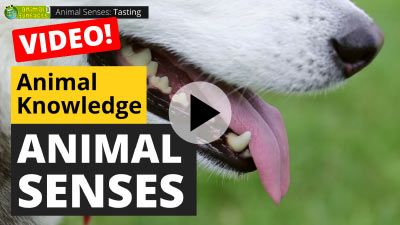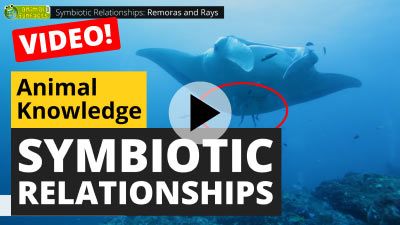Video: All About Amphibians
What makes an amphibian an amphibian? Which animals belong to this animal class? Are the animals warm- or cold-blooded? How do frogs survive the winter? Can frogs breathe through their skin? How do they breathe and how does the metamorphosis of frogs work? This video has all the answers to these questions!
(Video opens on YouTube)
Here we offer a transcript of the video:
1. Amphibians are Vertebrates
They have a spine - just like human beings. Amphibians are salamanders, newts, caecilians - which are wormlike amphibians without limbs - and, of course, toads and frogs. All amphibians have a spine and therefore are vertebrates.
2. Amphibians are Cold-Blooded Animals
Amphibians can't regulate their body temperature. They can't move without the heat of the sun. Therefore, many of them fall into torpor during the winter. They are not able to move until spring, when they leave the hollows and crevices, in which they sought shelter from the cold.
Find out more:
The wood frog survives even frost
3. Amphibians Live on Land and in the Water.
Amphibians almost always stay near water in order not to dry out. Yet, they do not drink, but absorb water through their skin. One of the few exceptions is the American spadefoot toad. It can survive without any water for quite a while!
4. Amphibians Mainly Breathe Through Their Skin
Mammals, birds and reptiles breathe with their lungs. Fish use their gills. Insects have trachea. Amphibians, such as frogs for instance, have lungs, but they also absorb oxygen through their skin. The skin is their most important breathing organ. The bullfrog for instance does 80% of its breathing via its skin and only 20% via the lungs.
5. Adult Amphibians Develop From Larvae
This is called metamorphosis. Amphibians undergo a so-called metamorphosis. This is particularly impressive when you look at frogs. After hatching from their eggs they start out as little tadpoles. They have a long tail to swim through the water and gills for breathing. After a few weeks they grow front and hind legs. The frog is almost fully developed!
Find out more:
Frogs and Toads (Metamorphosis, Eyes, Feet etc.)
Before it is able to hop about on land, something vital happens: The frog develops lungs. At the same time, the gills form back. As we all know, gills are not useful to breathe on land anyway. By the way, most amphibians turn from vegetarians into carnivores during their metamorphosis. While feeding almost exclusively on plants in their larval stage, they mainly live on meat after their metamorphosis. Did you know that the axolotl does not undergo a metamorphosis? It spends its entire life as a larva.
The animalfunfacts Rroundup!
Amphibians are vertebrates, they are cold-blooded, live on land and in the water, mainly breathe through their skin and undergo metamorphosis.









